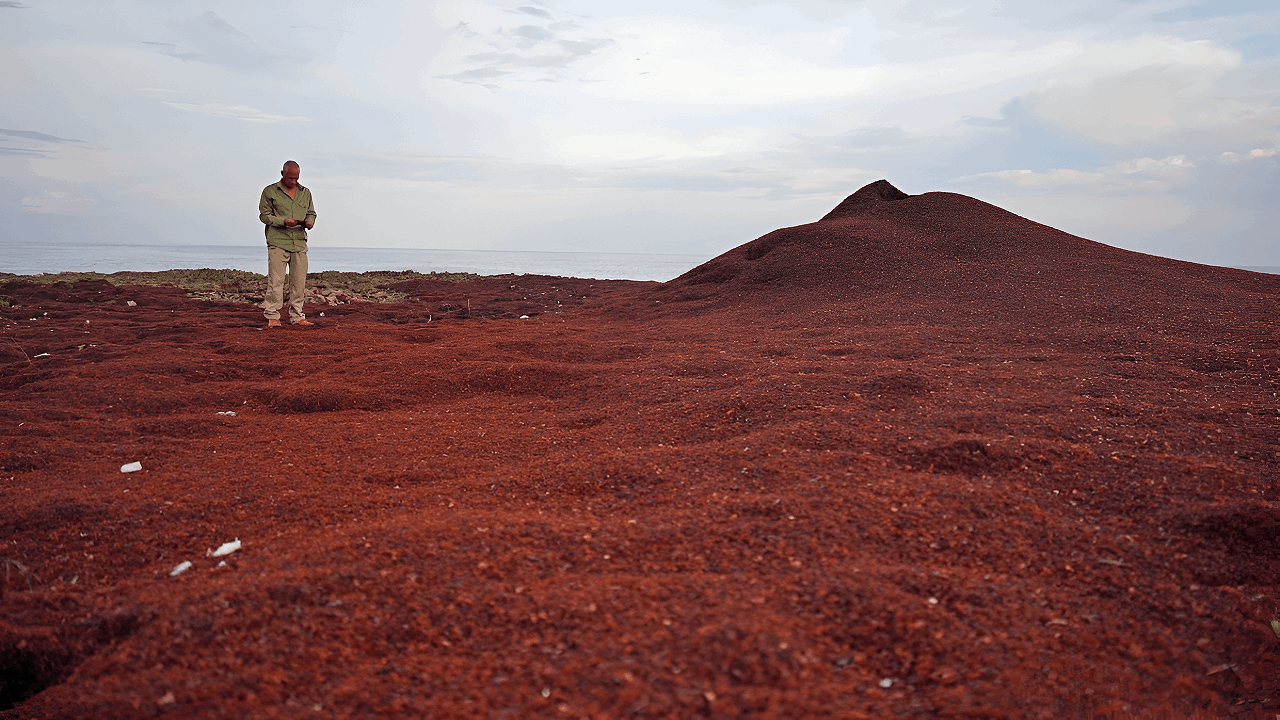
In summer 2018, satellites revealed an unprecedented Sargassum bloom: a continuous 8,850 km belt of brown seaweed from West Africa to the Caribbean. It weighed about 20 million metric tons (≈44 billion pounds), the largest macroalgae event ever recorded.
What sailors once called “floating meadows” had become an immense, toxic carpet of algae choking the tropical Atlantic.
A Bumper Bloom
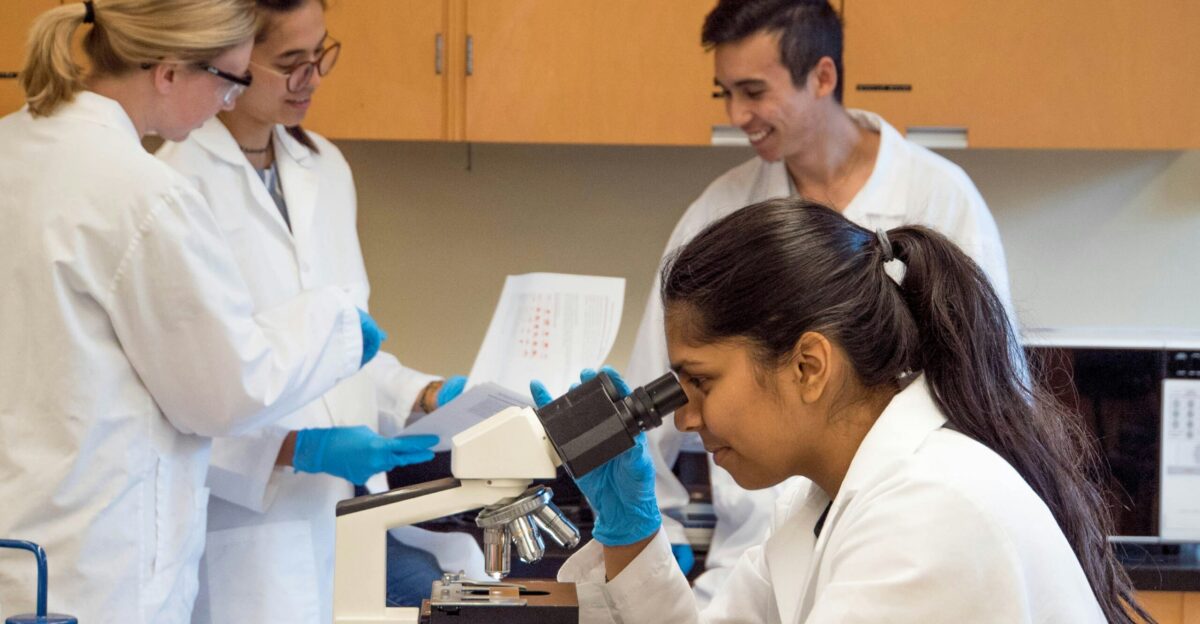
Fast-forward to 2025: by May, the belt swelled to a record 37.5 million metric tons (≈82.7 billion pounds) – nearly double its 2018 mass. Scientists found Sargassum’s tissue nitrogen content jumped ~50% since the 1980s, fueled by fertilizer runoff and Amazon deforestation.
To visualize its scale, experts note the 2025 biomass, piled 3 m high, would blanket an area about the size of Delaware.
Silent Seas Before the Surge
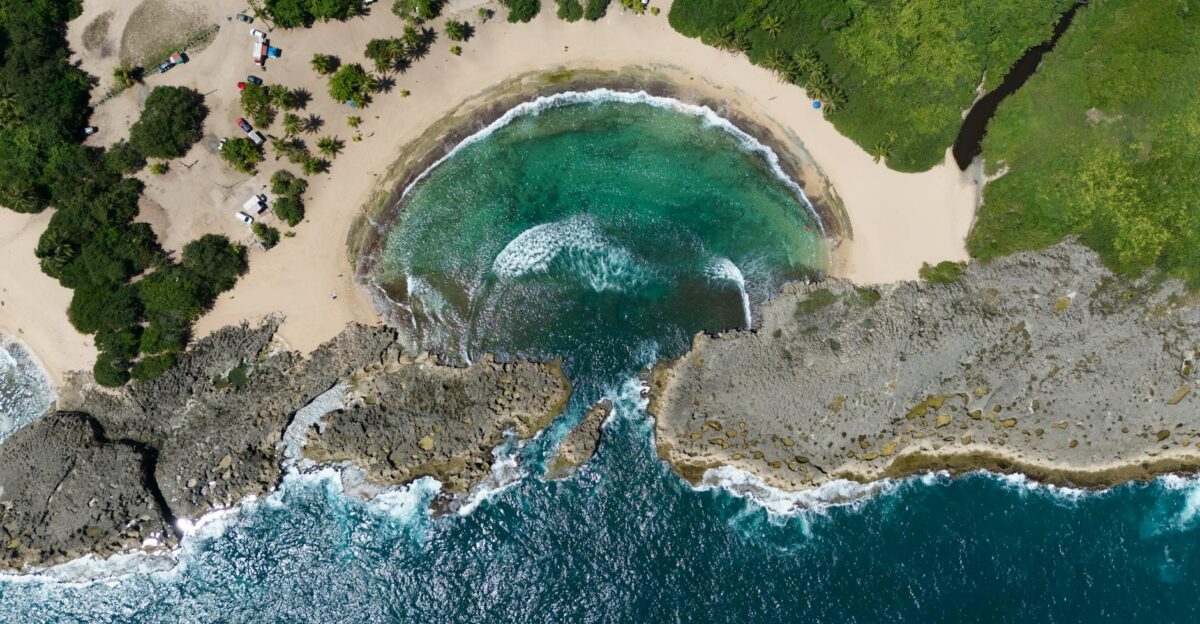
Before 2011, Caribbean beaches saw only “little drifty bits on the tideline,” remembers fisheries scientist Hazel Oxenford. Offshore, the Sargasso Sea – a unique ecosystem nicknamed the ocean’s “golden forest” – provided habitat for hundreds of species.
For centuries, its floating algae supported fish and turtles in balance. That quiet equilibrium was shattered when a new Sargassum pulse began arriving en masse after 2010.
Atmospheric Tipping Point

The trigger came from above. During winter 2009–2010, an extreme climate shift drove North Atlantic westerly winds far south and east.
This record-low NAO (North Atlantic Oscillation) event blew Sargassum out of its usual gyre toward the tropics. In those warm tropical waters, and with nutrient-rich upwelling off West Africa, the seaweed found ideal conditions to bloom year-round.
First Great Atlantic Belt
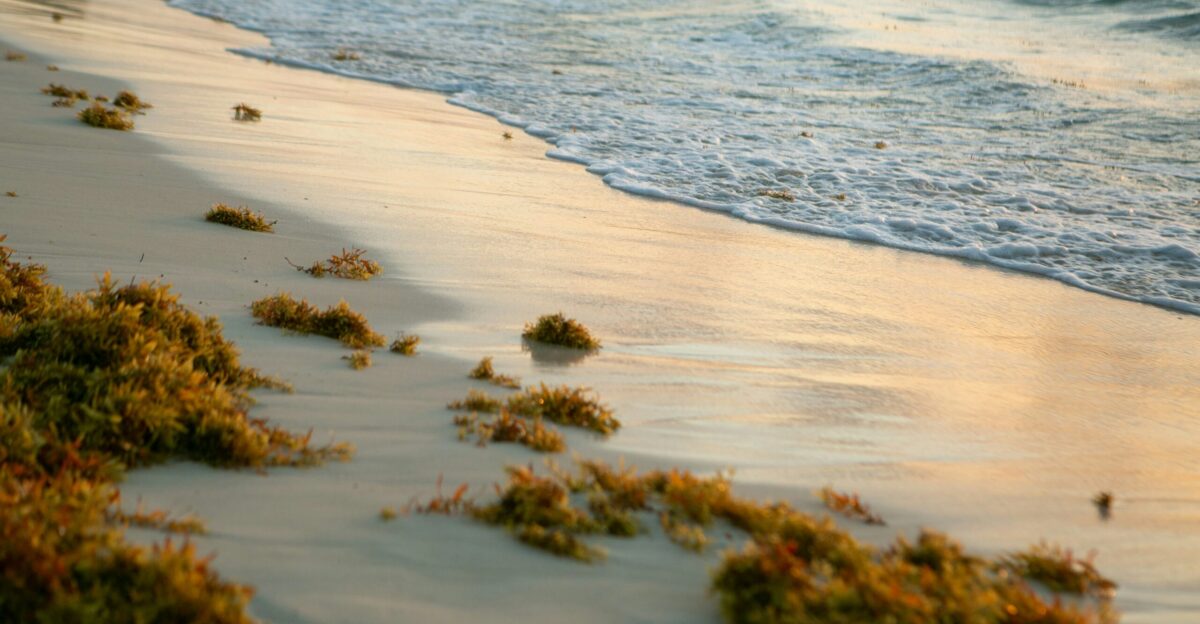
By June 2011, Sargassum began inundating Caribbean shores. NOAA scientists report that in summer 2011, “a patchy belt of Sargassum spanned the whole tropical Atlantic”. Researchers dubbed it the Great Atlantic Sargassum Belt.
USF lead scientist Chuanmin Hu warned that this was no fluke: “[Based] on the last 20 years of data, I can say that the belt is very likely to be a new normal,” he said.
Sargassum vs. Coral Reefs
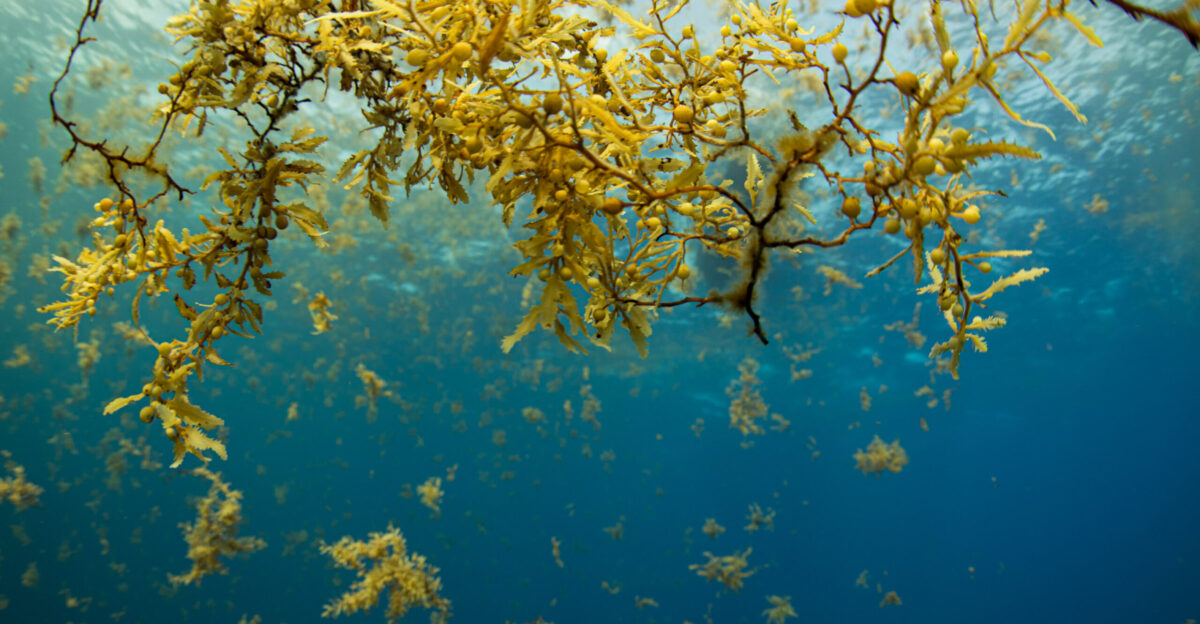
Once beached, Sargassum becomes an ecosystem disaster. Thick mats can block sunlight and oxygen, suffocating reefs and seagrasses. In Puerto Morelos (Mexico), scientists observed partial to complete coral die-offs in lagoons burdened by Sargassum.
One 2018 event created near-anoxic (zero-oxygen) water and killed 78 animal species (mostly bottom-dwellers and fish) along Mexico’s Caribbean coast.
Toxic Air over the Islands
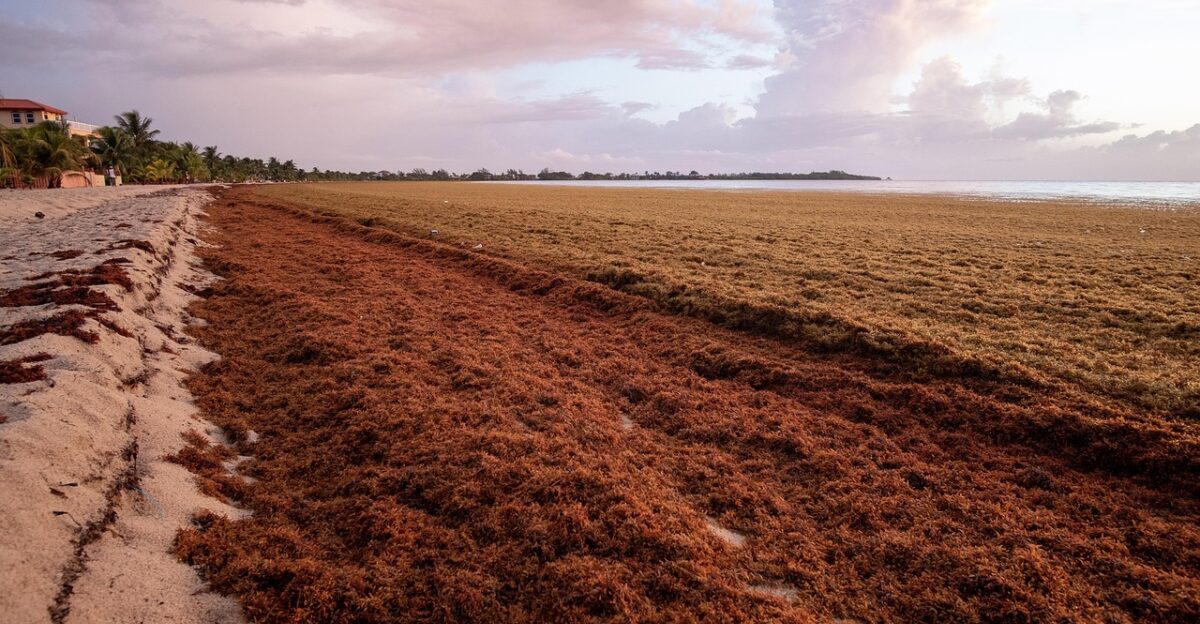
Rotting Sargassum emits hydrogen sulfide (smelling like rotten eggs) and ammonia. In 2018, Martinique and Guadeloupe doctors documented 11,402 cases of acute poisoning from these gases.
Victims suffered respiratory distress, headaches, confusion, and other neurological symptoms. By 2022, Guadeloupe issued health alerts as concentrations peaked, with some residents evacuated from coastal towns under the foul stench.
Tourism in Crisis
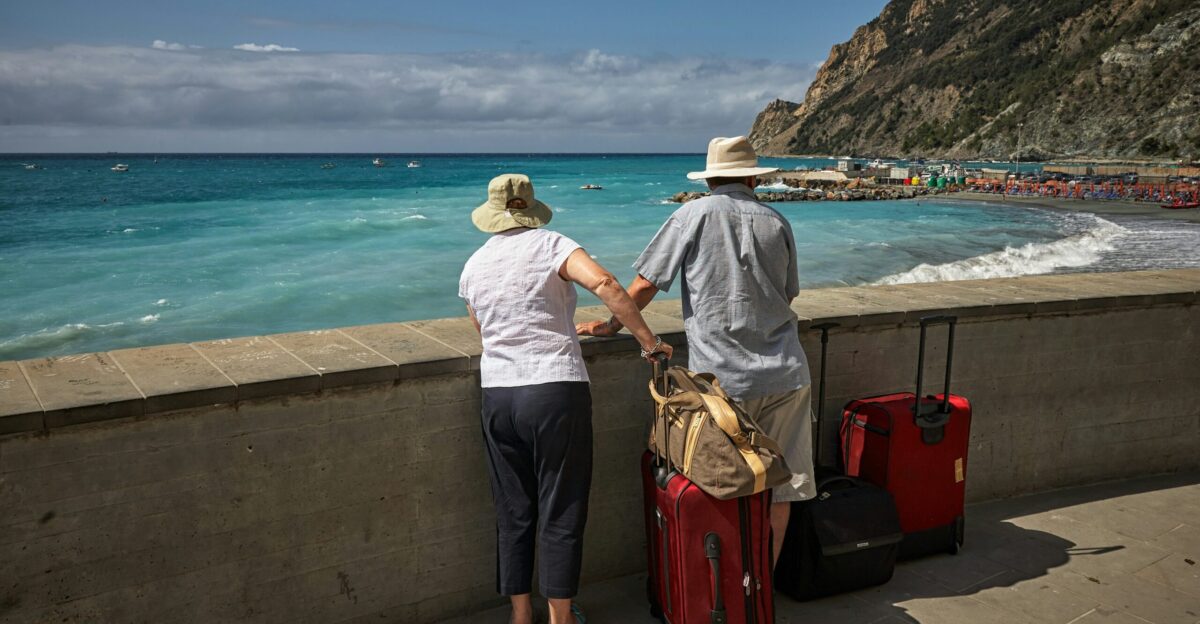
Beaches piled high with brown algae drove tourists away. In 2018, Caribbean cleanup costs reached about $120 million. For example, Fort Lauderdale estimated spending $380,000 per year just to clear local beaches.
In Mexico’s Riviera Maya, hotels hired thousands of workers to haul Sargassum or installed barriers offshore. Some properties closed rooms and laid off staff as pristine sands turned into mountains of seaweed, slashing revenues.
Fisheries in Peril
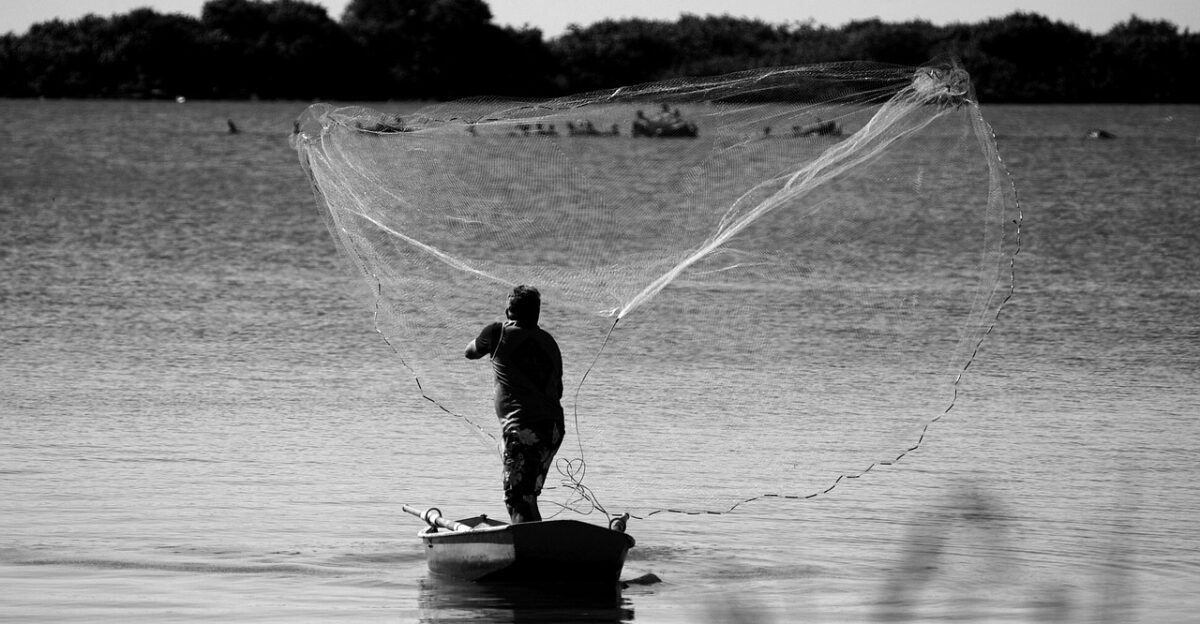
Fishing communities report heavy losses. Thick Sargassum mats routinely clog boat motors and tear nets, preventing access to coastal fishing grounds.
Captains in the Dominican Republic and the U.S. Virgin Islands say they spend days repairing engines choked by weeds. In West Africa and the Caribbean, women in the fishing sector see catches decline and incomes fall as boats sit idle under the floating kelp mats.
Stranding Wildlife
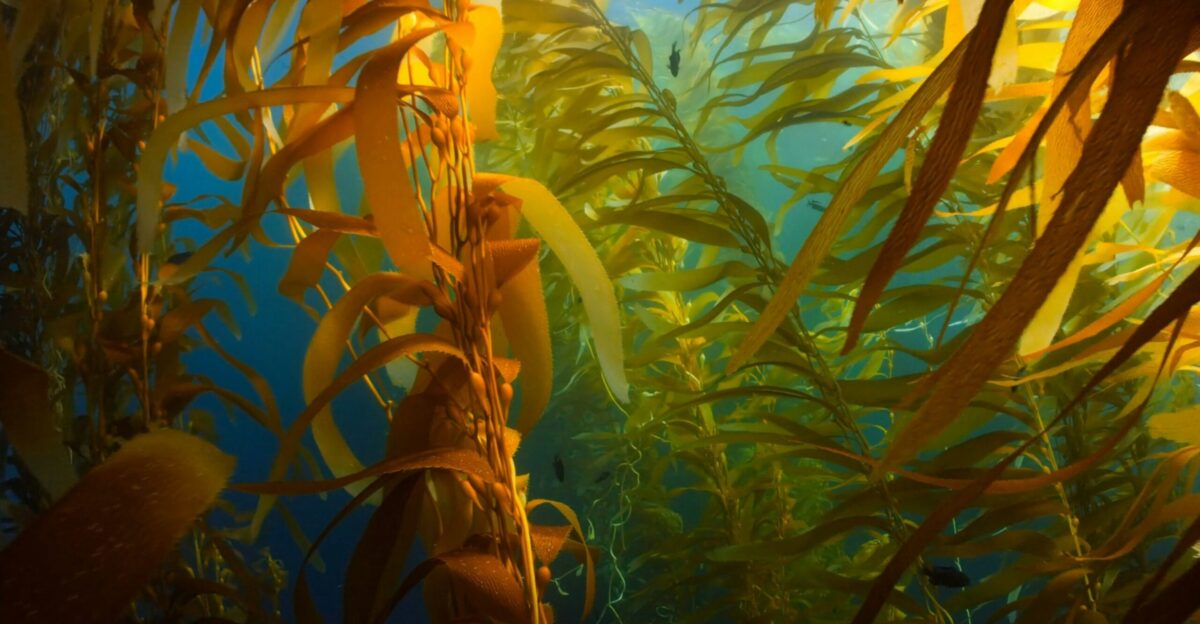
The seaweed has become a deathtrap for marine life. In a June 2018 bloom in Barbados, at least three dolphins and six sea turtles washed ashore dead, entangled in Sargassum mats.
Turtles trying to surface for air or nest can drown under the algal blanket. Biologists warn that nesting beaches are now often cut off by heavy mats, and sand temperature changes under thick weed may skew turtle sex ratios toward males.
Fertilizers Fuel the Bloom
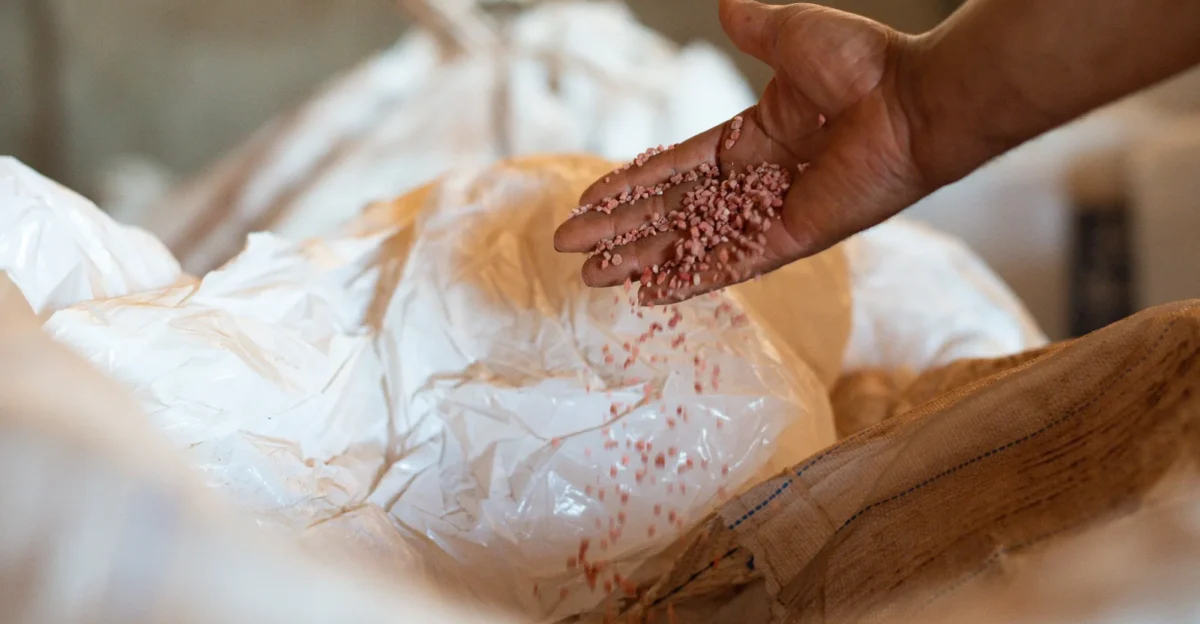
Scientists pinpoint the source of nutrients. Brazilian fertilizer use surged 67% from 2011–2016 to support soy, corn, and sugarcane. Combined with Amazon deforestation, this sends vast nutrient loads into rivers.
The Amazon discharges ~209,000 m³/s into the Atlantic – over half the flow of the world’s next seven largest rivers combined – carrying nitrogen-rich runoff that feeds the Sargassum. As researcher Carlos Noriega explains, “water washes soil and chemical elements into the rivers. Nitrogen is a nutrient of Sargassum”.
Official Record-Breaker
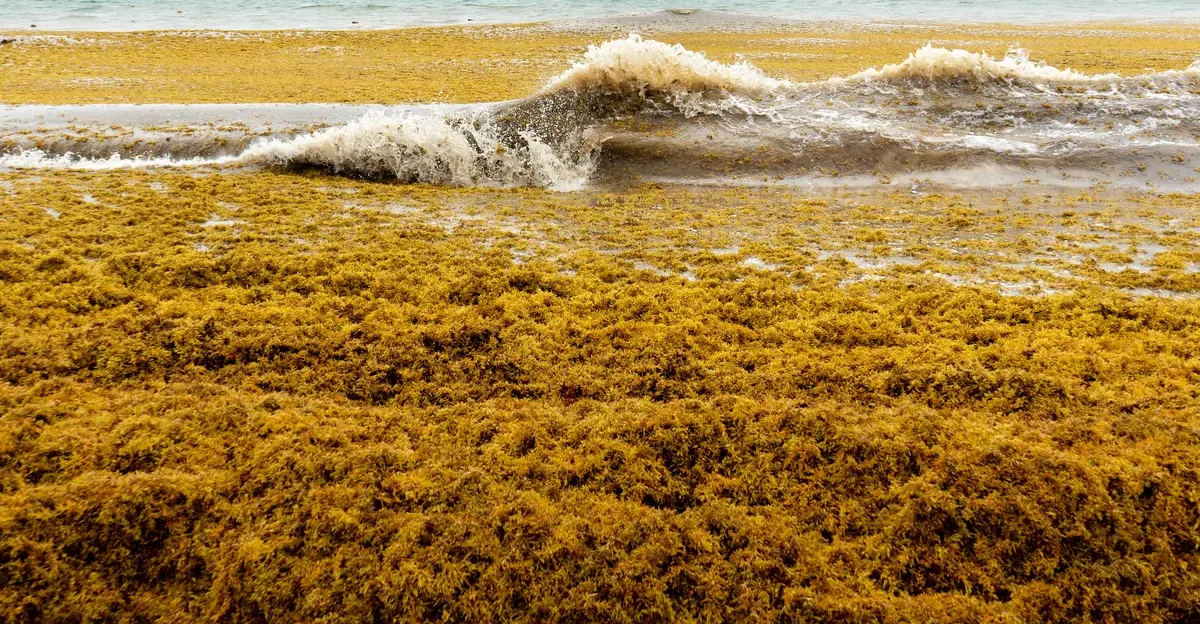
In June 2022, Guinness World Records certified the Great Atlantic Sargassum Belt as the largest macroalgal bloom on Earth. That month’s average coverage was ~6,989 km² (2,699 sq mi), with an estimated biomass of 23.3 million metric tons (25.7 million US tons).
Satellite-monitored studies confirm the belt’s annual recurrence (absent only in 2013), spanning from West Africa through the Caribbean and into the Gulf.
Toxins in the Seaweed
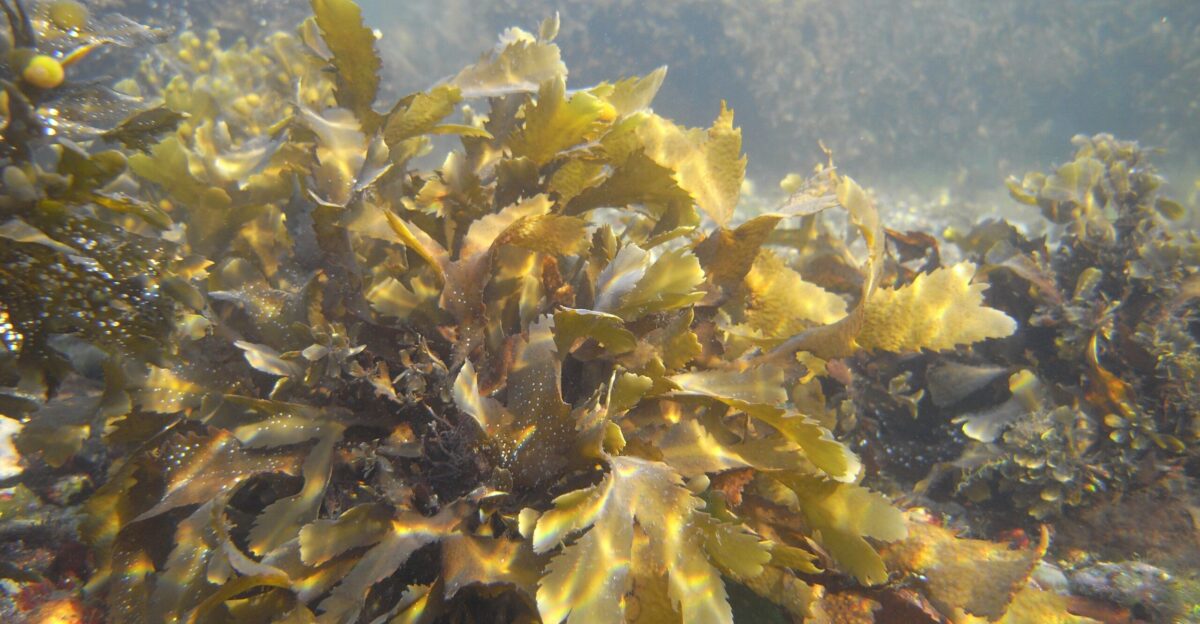
Beyond stench, Sargassum carries chemical risks. The algae rapidly absorb toxic heavy metals from seawater. Arsenic is especially alarming: beachcast Sargassum in the Caribbean contained 29–66 mg/kg of arsenic – far above food safety limits.
Experiments in Trinidad showed that crops fertilized with Sargassum compost accumulated arsenic. Scientists warn that this “bioaccumulation” poses hazards for food, fuel, or consumer uses, as the toxins could pass up the food chain.
Barrier and Boat Battles
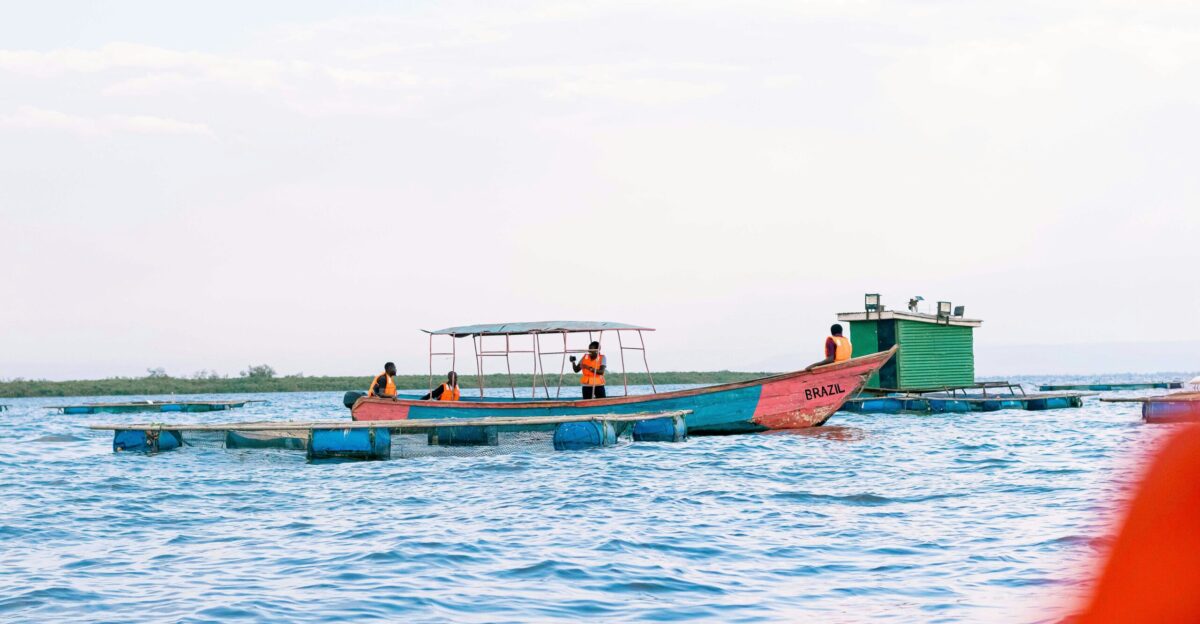
Nations deployed containment systems, with mixed results. Mexico’s Quintana Roo installed ~7.5 km of floating booms and even naval collection vessels in 2025. But storms and currents still delivered ~85,000 tonnes to the beaches – more than double 2024’s 40,000 tonnes.
One $315,000 cleanup boat sat idle offshore while lawns were overrun. As researcher Rosa Rodríguez-Martínez notes, “Only a few hotels have these [removal] boats… Most use barriers to divert the algae to ‘sacrifice spots’ and use bulldozers to load trucks”.
Predicting the Future
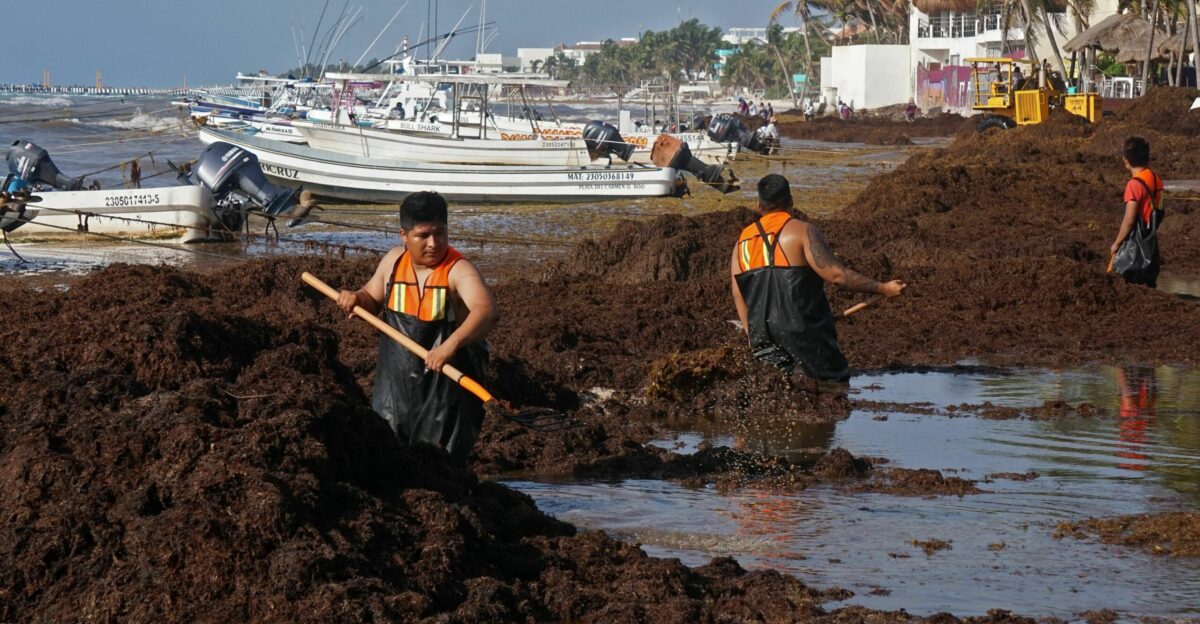
Will the Belt persist or fade? Scientists are split. Some warn that, given persistent warming and nutrient runoff, the Belt is “very likely to be a new normal” in the Atlantic. Yet 2024 brought a reprieve: Mexican authorities counted only ~40,000 tonnes reaching the coast (half the year before), possibly due to El Niño shifts.
Ultimately, future bloom sizes depend on whether humanity can curb the fertilizer pollution and climate trends fueling this “new normal.”
Emergency Responses

Governments have declared states of emergency. In Aug. 2015, Tobago’s local assembly treated Sargassum influx as a natural disaster, allocating about $3 million for cleanup. That same month, Mexico’s Environment Dept. announced $9.1 million and 4,600 temporary workers to clear the Caribbean coast.
On June 7, 2018, Barbados declared a national emergency over the seaweed. By July 2022, President Biden approved a federal disaster declaration for the U.S. Virgin Islands due to Sargassum impacting water supplies.
Blame and Diplomacy

The crisis even spilled into diplomacy. In 2015, a Barbadian commentator demanded compensation from BP, linking the new blooms to the 2010 Gulf oil spill.
He argued that while the U.S. got $20–56 billion from BP, small island nations face huge losses from polluted beaches. Most scientists counter that nutrients and climate – not oil – are to blame. But such claims reflect Caribbean frustration as countries seek accountability for recurring coastal damage.
Turning Seaweed into Business
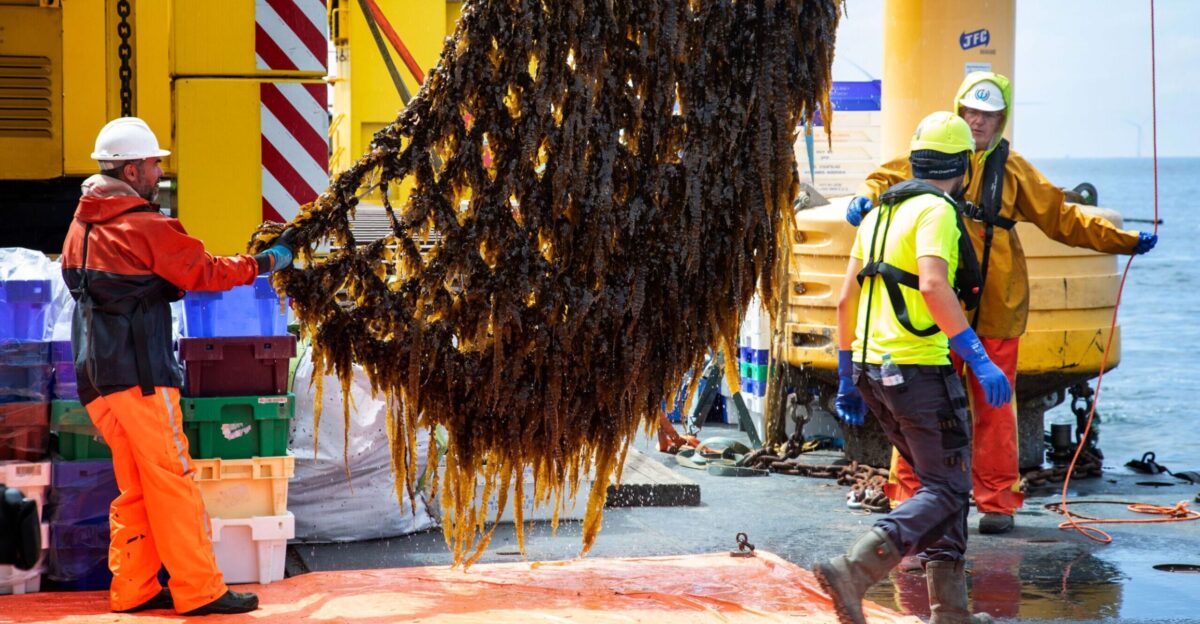
Entrepreneurs see opportunity. Grenada’s government set a goal to repurpose 10,000 tons of Sargassum by 2026 and invited companies to propose solutions.
Tech innovators like SarGas are already at work: founder Miguel A. Aké Madera reports that processing 500 tons of the weed can produce ~20,000 m³ of biogas (equivalent to 20,000 liters of gasoline). Other ventures trial fertilizers, construction panels, or bioplastics. But all face uncertainty: an unpredictable seaweed supply makes stable business planning challenging.
Carbon Credits from Cleanup

Even carbon markets are getting involved. In February 2025, Quintana Roo announced a Sargassum Sanitation and Circular Economy Center to convert the algae into biogas, fertilizer, and carbon credits. Researchers at Mexico’s UNAM estimate that every five tonnes of wet Sargassum equals one carbon credit (worth $10–30).
By processing thousands of tons annually, Mexico hopes to generate carbon offsets for sale. As engineer Aké Madera puts it, the safest use is fuel: “sargassum’s vocation is to produce energy, because when it decomposes, it releases many heavy metals… it is better to produce biofuels or biogas”.
A Global Warning
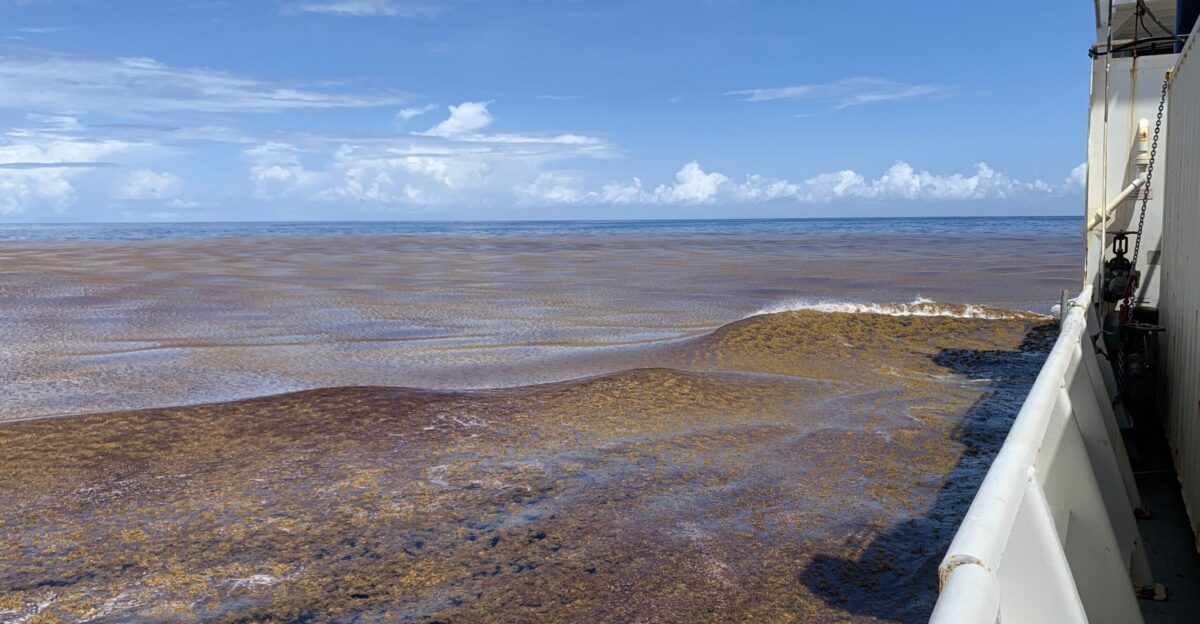
The Great Atlantic Sargassum Belt is more than 44 billion pounds of algae – it’s a vivid sign of global changes. The blooms result from fertilizer runoff, Saharan dust transport, Amazon deforestation, and shifting ocean currents, combining in unprecedented ways.
As researchers note, this phenomenon is “not entirely natural. Humans have made these blooms far more likely”.